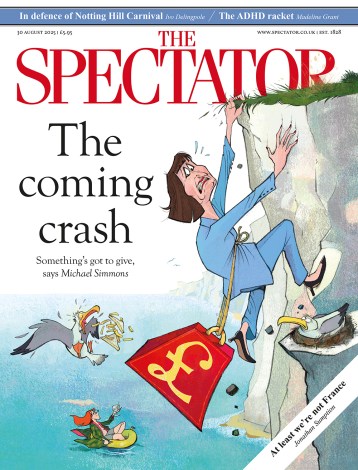Authors rail against attack on free speech in India
Jaipur — It was a sad weekend here for freedom of speech, as the Rushdie controversy took one strange turn after another. Having read from the banned The Satanic Verses on Friday night, in protest of Rushdie’s absence at the festival, writers Hari Kunzru, Amitava Kumar, Ruchir Joshi and Jeet Thayil were advised by lawyers to leave Jaipur or risk arrest by Rajasthan authorities. By Saturday evening Kunzru was in Bangkok with his fiancée, the novelist Katie Kitamura, who had also been scheduled to speak at the festival. She said in an email that ‘the situation developed incredibly fast, and we were obliged to leave the country almost immediately’. Kunzru



